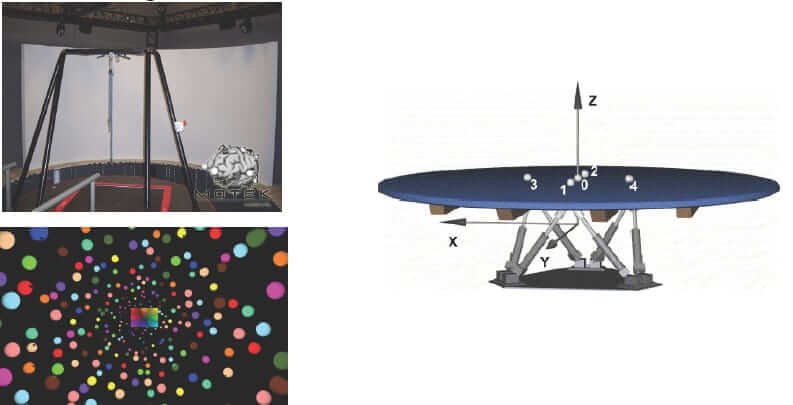August 10, 2023
Motion Equilibrium Reprocessing Therapy (MERT) can be used in all patients who need tor and neurological conditions. MERT is the most advanced habituation therapy for patients with non – progressive vestibular disease.
We are proud to treat pilots suffering from motion sickness.
ALL THERAPIES ARE CONDUCTED WITHIN C.A.R.E.N’S IMMERSIVE ENVIRONMENT.
SPECIALIZED OBJECTIVE TESTING IS CONDUCTED TO DEFINE TREATMENT PROTOCOLS
The results achieved with C.A.R.E.N are not attainable by conventional physical therapy. C.A.R.E.N treatment combines sensory motor training, visual exercises and habituation treatment.Vestibular disease can handicap people physically, emotionally and socially. Unilateral peripheral vestibular loss results in gait and balance impairment, dizziness and oscillopsia.Conventional treatment with Betahistine, Carbamazepine and oral steroids as well as head rotation exercises by Cawthorne and Cooksey have limited indication and varying response rates.
Patients affected with peripheral vestibulopathies are usually frustrated with inability to conventional treatment options.

At DNR we specialize in treatment of balance and vestibular disorders
with the help of C.A.R.E.N (Computer assisted Rehabilitation
Environment) – the most advanced technology for treatment of balance
and vestibular disorders that is available for the first time in the NYC.
TREATMENT METHOD
MERT is based on military desensitization principles within Virtual Environment.
The 6 DoF ( Degrees of Freedom) virtual reality motion base of C.A.R.E.N is used tokinetic drum through virtual reality 180 degrees screen.
TREATMENT FREQUENCY
3-5 times a week for two consecutive weeks

MERT is based on military desensitization principles within Virtual
Environment.
Dr. Lev Kalika is a world-recognized expert in musculoskeletal medicine. with 20+ years of clinical experience in diagnostic musculoskeletal ultrasonography, rehabilitative sports medicine and conservative orthopedics. In addition to operating his clinical practice in Manhattan, he regularly publishes peer-reviewed research on ultrasound-guided therapies and procedures. He serves as a peer reviewer for Springer Nature.
Dr. Kalika is an esteemed member of multiple professional organizations, including: